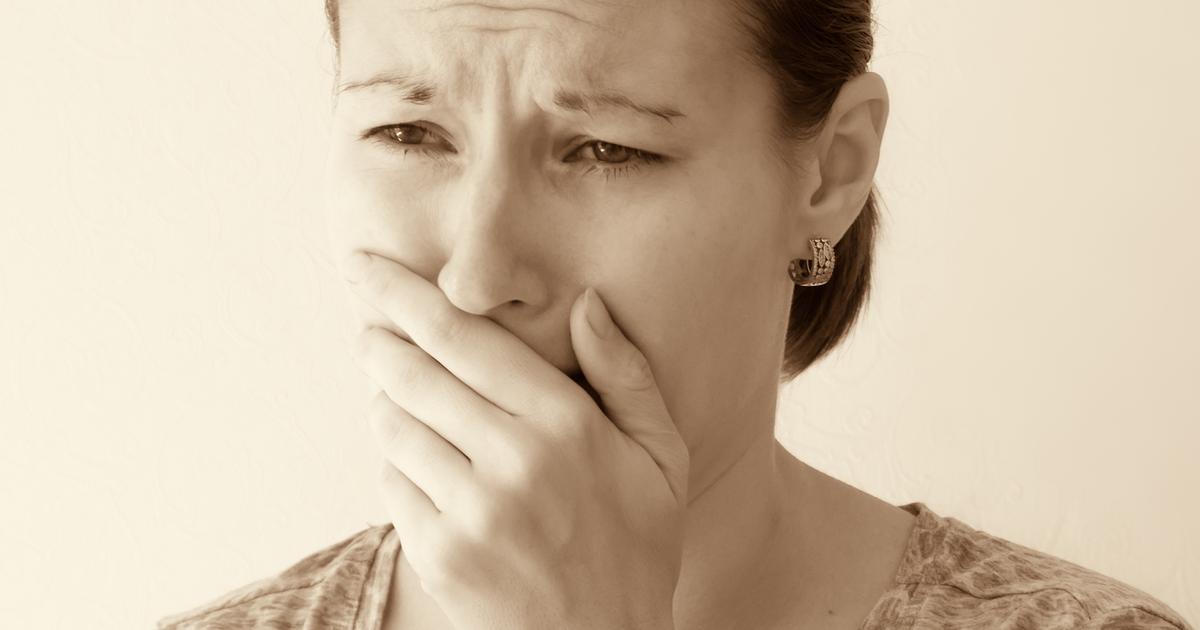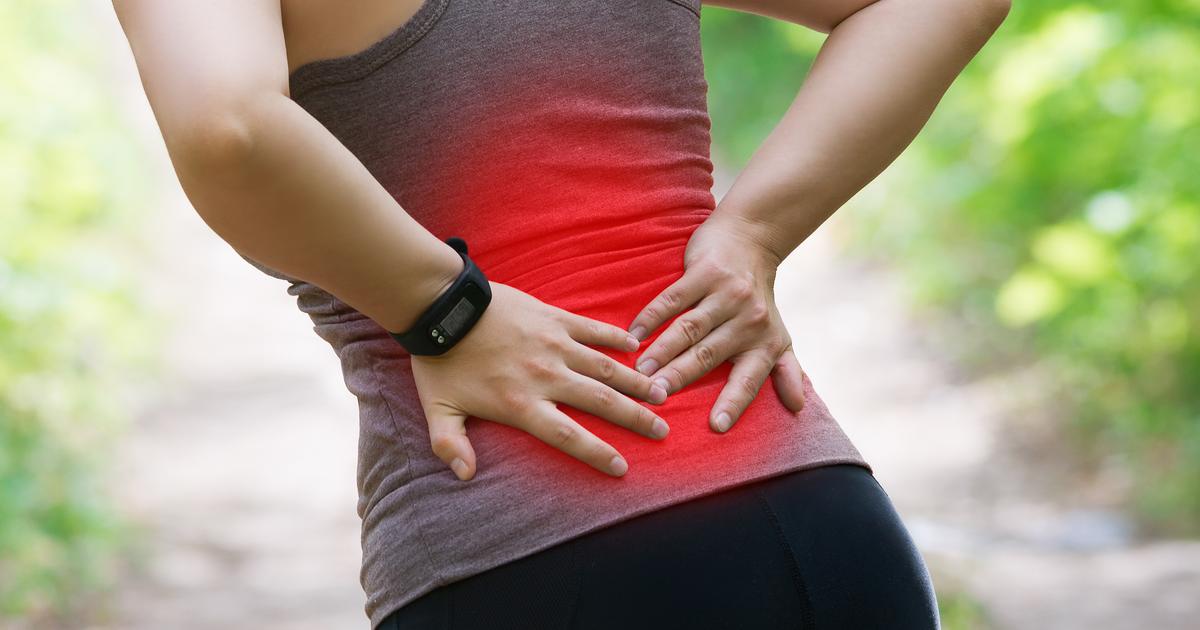Signs And Symptoms Of Cystitis
Nausea And Vomiting

Nausea and vomiting tend to occur with more serious cases of cystitis, and they are usually an indication the infection has spread to the kidneys. If these symptoms are present, patients should seek emergency medical care. Some individuals could experience a fever and chills in conjunction with nausea and vomiting. At the emergency room, patients should let the physician know when they began experiencing nausea and vomiting and how many vomiting episodes they have had. The doctor may ask questions about if the patient has been able to keep food or liquid down and about symptoms such as painful urination or back or side pain. If a kidney infection is suspected, patients may have urine and blood tests, and some will need to have x-rays, ultrasounds, and CT scans. Patients with kidney infections may need to stay in the hospital to receive intravenous antibiotics, and anti-nausea medication may be administered as well. Patients will be monitored regularly, and they will be released from the hospital once the infection has resolved and they have stopped vomiting.
Read more about the symptoms of cystitis now.
Back Or Side Pain

Like nausea and vomiting, back or side pain could indicate a cystitis patient has developed a kidney infection. Individuals with pain in these areas should seek emergency treatment. Doctors will begin by taking the patient's vital signs and health history information. The patient will be asked about any history of urinary tract infections, as well as the precise location of any back or side pain. It can be helpful for the physician to know if the patient's pain is dull or sharp and if it persists or comes and goes. The doctor will lightly tap over the patient's kidneys to check for pain, and the patient's back and sides may be palpated to check for any masses or tenderness. An abdominal examination may be performed, and patients might need to have urine and blood tests and imaging studies. While being treated for a kidney infection, the patient should always let their medical team know if the back or side pain worsens or changes location. Patients might be offered prescription pain relievers to ease symptoms, and it can also help to use a heating pad on the back or sides.
